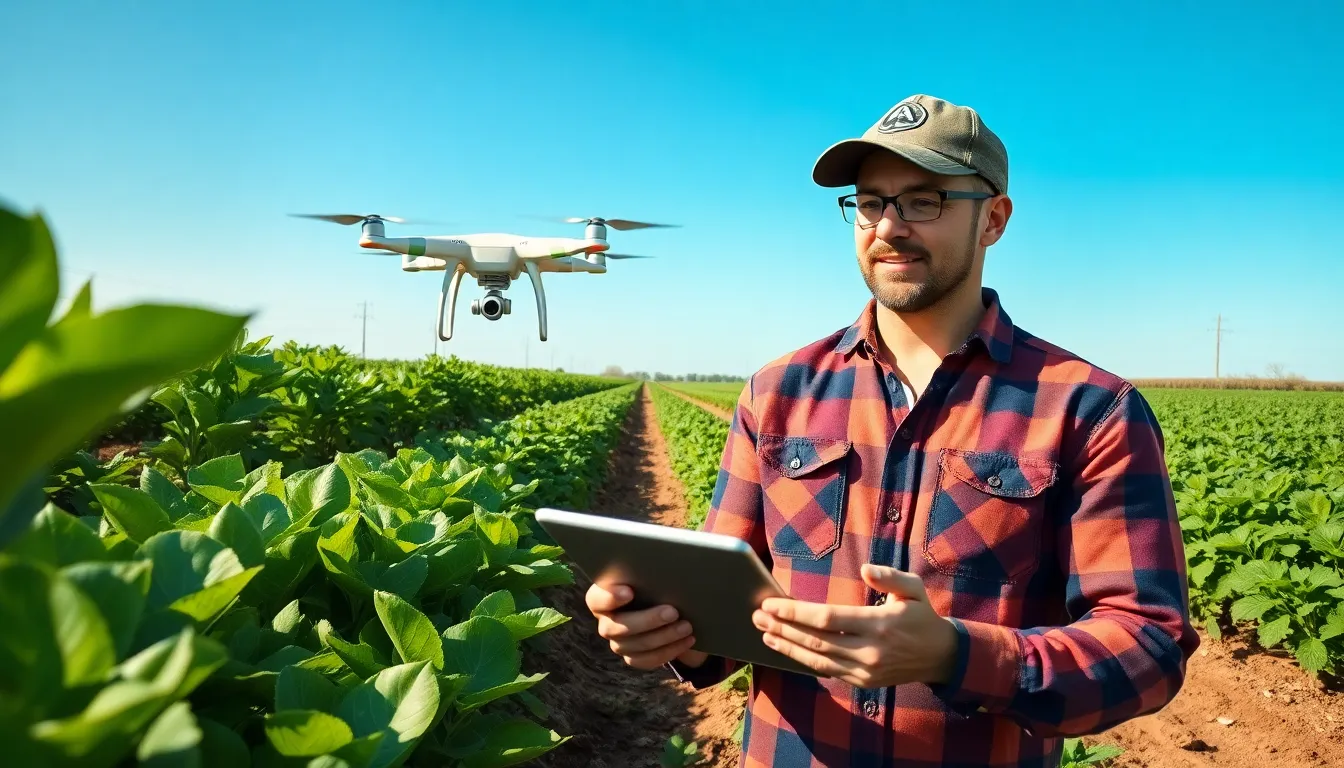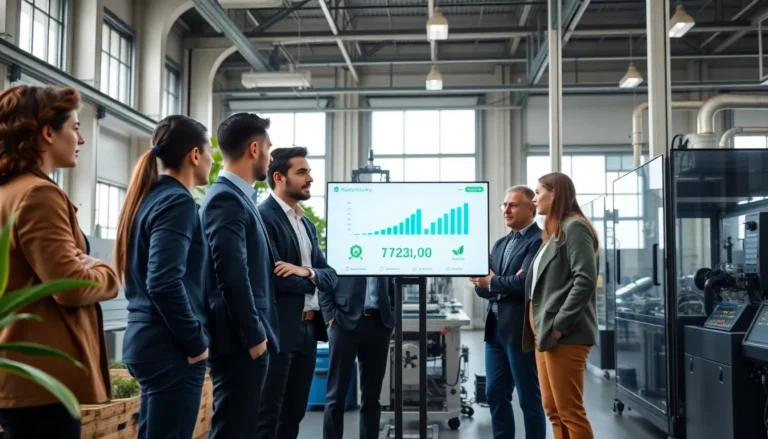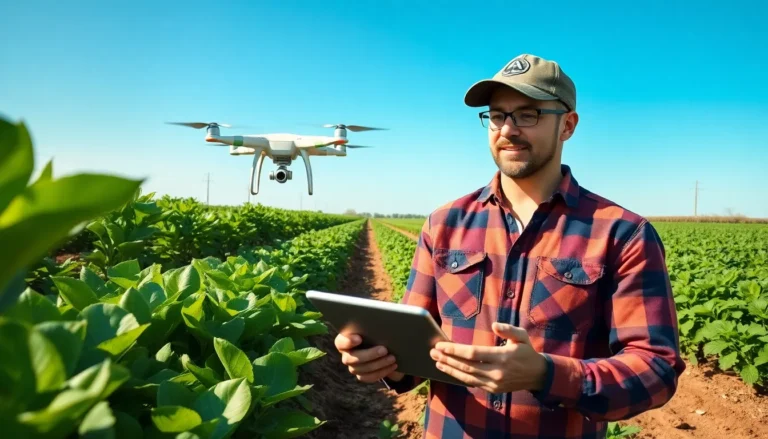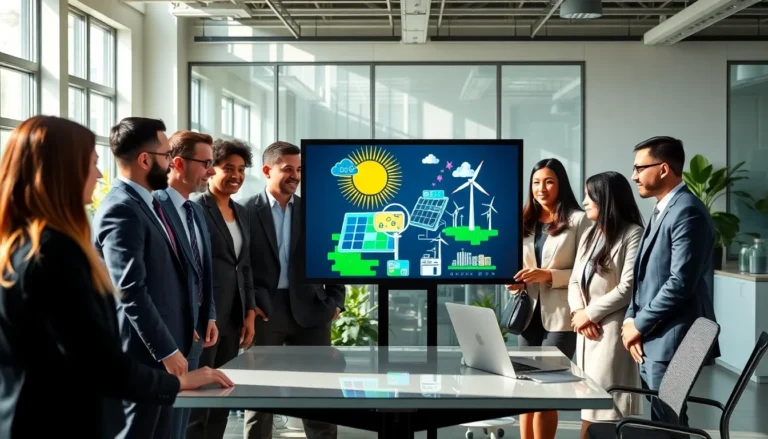Table of Contents
ToggleIn an era where the planet seems to be playing dodgeball with climate change, sustainable agriculture technology stands out as the MVP. Picture this: farmers armed with cutting-edge tools, smart sensors, and apps that make their grandmothers proud. It’s not just about harvesting crops anymore: it’s about revolutionizing how we interact with our environment. Let’s dig into the dirt, figuratively speaking, on how technology is reshaping agriculture to be greener and more efficient. Ready to sow some wisdom?
Understanding Sustainable Agriculture
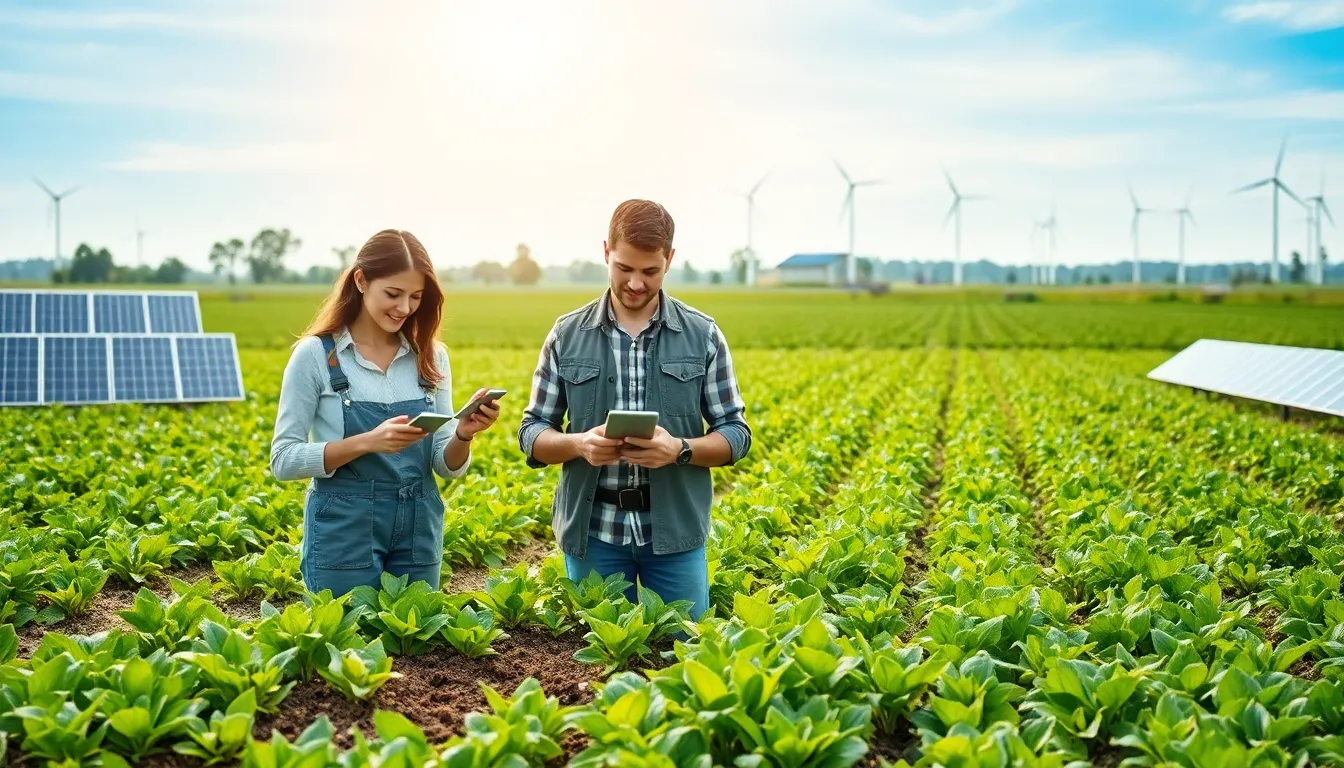
Sustainable agriculture involves practices designed to meet current food needs without compromising the ability of future generations to meet theirs. It’s a delicate balancing act that focuses on maintaining healthy ecosystems while producing food efficiently. This approach encompasses various techniques, such as organic farming, permaculture, and agroecology, all aimed at reducing environmental impact. Farmers who embrace sustainable agriculture often prioritize their soil health, biodiversity, and reducing chemical inputs. The goal? To cultivate not just crops but also resilience and sustainability.
The Role of Technology in Sustainable Farming
Technology plays a pivotal role in making sustainable farming not just a dream but a reality. Precision agriculture, for instance, allows farmers to use data analytics to optimize their resources. Drones equipped with sophisticated cameras can survey fields for crop health, while soil sensors relay real-time information about nutrient levels. This data-driven approach minimizes waste and maximizes yield. Also, automated irrigation systems reduce water use, ensuring that every drop counts. These technological advancements make it easier for farmers to adopt practices that are beneficial for the environment.
Types of Sustainable Agriculture Technologies
There’s a plethora of technology that supports sustainable agriculture, catering to various aspects of farming. Here are some key types:
1. Soil Health Monitoring Systems
These systems use sensors to measure moisture, nutrient levels, and pH, helping farmers manage their soil more effectively.
2. Drones and Aerial Imaging
Drones not only survey crop health but also assist in planting, targeting specific areas that need attention, thereby reducing chemical use.
3. Automated Irrigation
Technologies such as drip irrigation and smart sprinklers optimize water use, ensuring crops receive adequate hydration without excess waste.
4. Vertical Farming Solutions
By growing crops in stacked layers, vertical farming utilizes controlled environments and reduces the land footprint significantly.
5. Waste Management Technologies
Innovative systems convert agricultural waste into biogas, reducing pollution and producing renewable energy.
Benefits of Implementing Sustainable Agriculture Technology
The advantages of integrating sustainable agriculture technology are abundant. Firstly, these technologies lead to increased productivity. By utilizing data-driven decisions, farmers can enhance crop yields while using fewer inputs. Secondly, the environmental benefits are significant. Reduced chemical usage means healthier ecosystems, which contributes to biodiversity. Not to mention, soil quality improves over time, further boosting agricultural output. Also, consumers are becoming increasingly aware of sustainability issues. They are more inclined to purchase products that are grown using environmentally friendly methods, which can lead to better market opportunities for farmers. Overall, sustainable agriculture technology is a win-win scenario.
Challenges and Considerations
Even though its many perks, implementing sustainable agriculture technology isn’t without challenges. One major hurdle is the initial cost. Farmers, especially those on a tight budget, may find it difficult to invest in state-of-the-art equipment and technology. There’s also a learning curve involved: not every farmer is tech-savvy. Training and support are essential to ensure farmers can effectively use new tools.
Also, there can be financial risks if the technology doesn’t yield the expected results. Even so, strategic planning and support can mitigate many of these concerns, allowing farmers to gradually integrate technology into their operations.
Future Trends in Sustainable Agriculture Technology
The future of sustainable agriculture technology is bright and full of potential. As climate change continues to pose challenges, innovations are likely to emerge that further enhance farming efficiency. For example, artificial intelligence (AI) and machine learning could play critical roles in predictive analytics, aiding farmers in decision-making processes.
Also, more emphasis will likely be placed on regenerative agriculture practices enhanced by technology. Innovations in biopesticides and biofertilizers could reduce reliance on synthetic chemicals. Farm-to-table traceability technologies, such as blockchain, may enhance food safety and transparency, connecting consumers directly with their food sources. All these trends indicate a widespread movement toward more sustainable practices.

